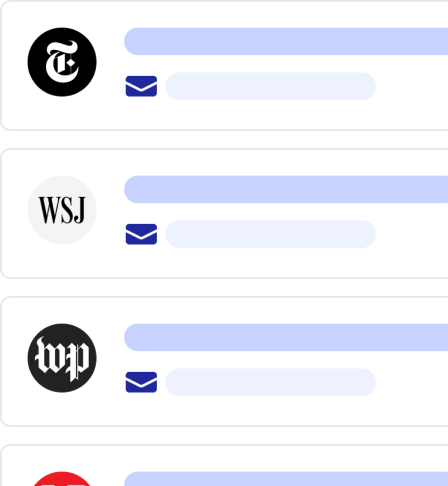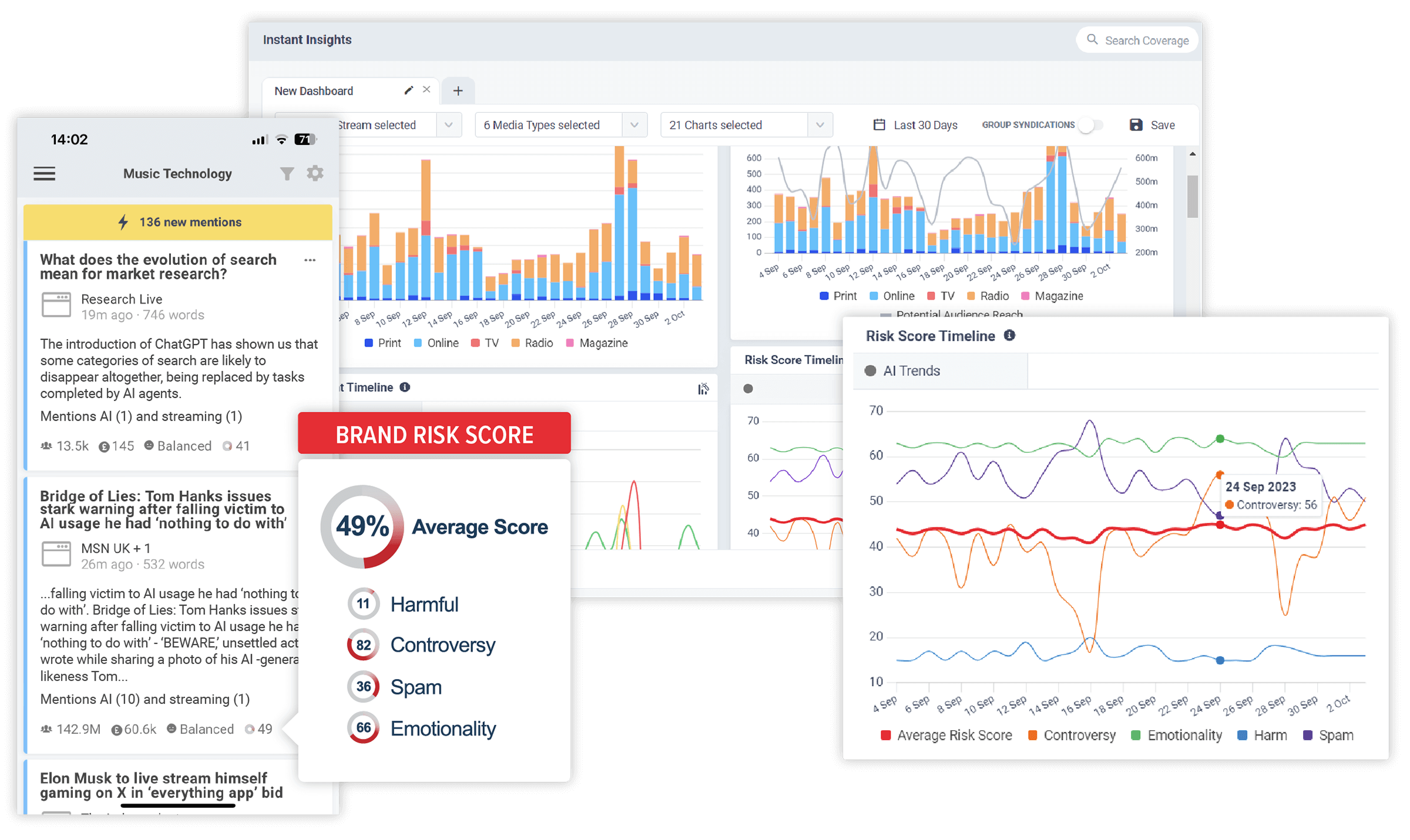About
Bio
Established in 1845, Scientific American remains the oldest continuously-published magazine in the United States. Redesigned in October 2010, the publication covers the most important and exciting research in science, health, technology, the environment, and society, exploring important ideas often months and years before other media recognizes their importance.
The magazine publishes 15 foreign language editions, and regular sections include Forum, which provides a platform for external experts to comment on science policy; Science Agenda, where editors can discuss different science issues; and Insights, which profiles a scientist or researcher and analyzes their contribution to society. Other sections include Anti Gravity and Skeptic.
Regular columns include The Science of Health and TechnoFiles.
Publicists should feel free to pitch anytime, although they should avoid pitching individual products or new company officer announcements. They should focus on science-based stories that are better told by a journalist than an expert.
Email
email@cision.one
Website
site@cision.one
Social media




Location
United States of America
Frequency
upgrade
Circulation
upgrade
Sectors
Astronomy, Biology, Biotechnology, Chemistry, Climate & Climate Change, Ecology, Geography, Geology & Geophysics, Health & Medicine, Mathematics, Medical Research & Development, Nature & Wildlife, Physics, Science, Scientific Research, Space & Space Exploration
Bio
Established in 1845, Scientific American remains the oldest continuously-published magazine in the United States. Redesigned in October 2010, the publication covers the most important and exciting research in science, health, technology, the environment, and society, exploring important ideas often months and years before other media recognizes their importance. The magazine publishes 15 foreign language editions, and regular sections include Forum, which provides a platform for external experts to comment on science policy; Science Agenda, where editors can discuss different science issues; and Insights, which profiles a scientist or researcher and analyzes their contribution to society. Other sections include Anti Gravity and Skeptic. Regular columns include The Science of Health and TechnoFiles. Publicists should feel free to pitch anytime, although they should avoid pitching individual products or new company officer announcements. They should focus on science-based stories that are better told by a journalist than an expert.
Website
Social media
Location
Frequency
Circulation
Sectors
Astronomy, Biology, Biotechnology, Chemistry, Climate & Climate Change, Ecology, Geography, Geology & Geophysics, Health & Medicine, Mathematics, Medical Research & Development, Nature & Wildlife, Physics, Science, Scientific Research, Space & Space Exploration
Most recent articles by Scientific American
Lorem ipsum dolor sit amet, consectetur adipiscing elit
Article description
Lorem ipsum dolor sit amet, consectetur adipiscing elit
Article description
Lorem ipsum dolor sit amet, consectetur adipiscing elit
Article description
Explore outlets similar to Scientific American
-
TThe New York Times
The New York Times offers the latest news from around the world. It has several different editions for Eastern and national regions. In addition, the paper gets much of its content and reporting from its many bureaus. The foreign desk oversees correspondents and stringers around the world. Daily deadlines are usually between 5pm and 6pm ET. The paper does not accept artwork. The lead time for news coverage is one day to one week, the lead time for special section features is three weeks. The lead time for advertising is 30 days.
ViewTThe Washington PostThe Washington Post focuses on news from the nation's capital, including national business, political issues, commerce, federal regulations and finance. There is also coverage of sports, entertainment, features, local and world news. Lead times vary.
ViewCCNNCNN is a worldwide news and information network providing live, continuous coverage of news from around the globe, 24 hours a day. Regular programs on the network spotlight public affairs, news, military activity, government, politics, science, technology, business, finance, food, health, medicine, fashion, sports, arts and entertainment. CNN emphasizes topical and in-depth interviews and discussions with newsmakers, politicians, celebrities and people in the news. CNN is viewed predominantly by adults interested in daily national and international news.
ViewAAxiosAxios is a website which focused on delivering clear, concise, and fact-based reporting on the most important topics shaping the world. The outlet covers politics, business, technology, science, health, climate, and culture, aiming to keep readers informed quickly and accurately.
ViewTThe Philadelphia InquirerPhiladelphia Inquirer is a broadsheet newspaper written for residents in the Philadelphia area. It covers local, national and international news, as well as local zoned coverage of the suburbs and surrounding regions, business, technology, features, entertainment and sports.
ViewUse CisionOne to find more relevant outletsExplore journalists that write for Scientific American
-
M
-
J
-
C
-
M
-
L
Contact us to find more relevant journalistsContact Scientific American and get access to over 850K accurate, up-to-date media profiles.

Discover the stories that impact your brand. In realtime.
CisionOne delivers relevant news, trends and conversations that matter to your brand with the world’s most comprehensive media monitoring service across Print, Online, TV, Radio, Social, Magazines, Podcasts and more.
